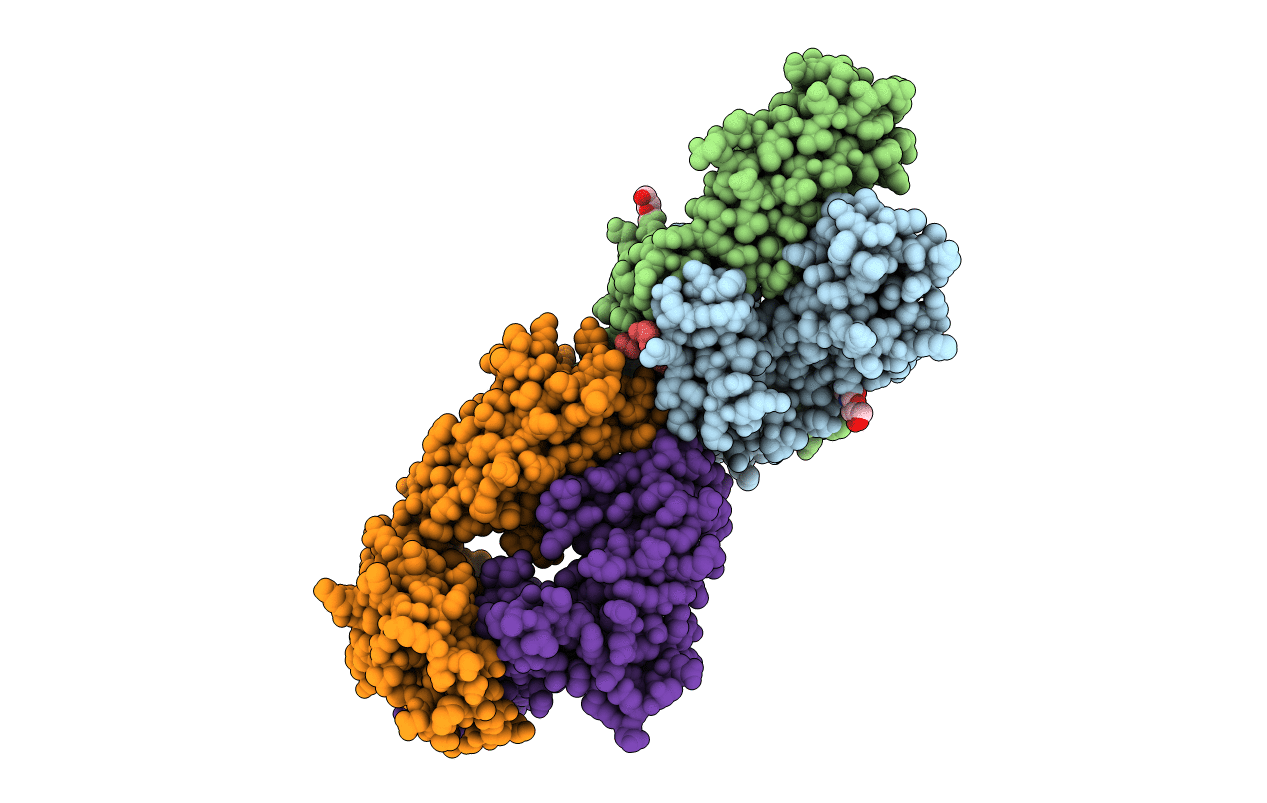
Deposition Date
2021-10-04
Release Date
2022-02-23
Last Version Date
2024-11-13
Method Details:
Experimental Method:
Resolution:
3.00 Å
R-Value Free:
0.23
R-Value Work:
0.19
R-Value Observed:
0.19
Space Group:
C 1 2 1


